The Giant Gippsland Earthworm (Megascolides australis) is one of the largest known earthworms in the world. It averages 80 cm in length with a diameter of 2 cm but lengths of up to 2 m have been recorded.
The worm is comprised of 300-500 body segments and weighs up to 400 g. Its colour changes from purple for the front third, including the head to pinkish-grey for the remaining two-thirds of the body.
It is endemic to South and West Gippsland, occurring in around 40,000 hectares bounded loosely by Loch and Korumburra areas in the south, Warragul and Drouin in the north and Mt Worth in the east.
The Victorian Biodiversity Atlas identifies records of GGE as far south as Archies Creek. Within this distribution range, suitable habitat for GGE is restricted to relatively small areas (10-2500 m2); generally in moist, blue-grey clay soils on or close to the banks of streams or adjacent to soaks. They can also be found on steep south or west-facing slopes. The species lives in complex system of permanent burrows that extend to around 1.5 m in depth.
The GGE is now found almost entirely on privately owned land used predominantly for dairy production or grazing.
Although there are attributes of the habitat of GGE that still remain unknown, information to date indicates that suitable habitat results from a combination of several interrelated factors, including slope, micro-topography, aspect, soil properties and underground hydrological processes.
The biology and ecology of the GGE render the species vulnerable to threatening processes. These include the species’ limited ability to disperse through the landscape, highly fragmented habitat, low rates of reproduction and subsequent recruitment.
These characteristics indicate that present-day populations are likely to have been isolated for significantly long periods, potentially evolving as distinct genetic entities. Genetic investigation supports this pattern of population isolation, with neighbouring GGE colonies having distinct genetic profiles.
GGE is hermaphroditic (having both male and female gender parts) and breeds predominantly in spring and summer (September to February). Large, amber-coloured egg-cocoons are laid in chambers branching from the adult burrow at an average depth of 22 cm. Only one embryo is found in each egg cocoon, which is thought to take over 12 months to hatch. The species remains underground, feeding on root material and organic matter in the soil.
The number of individuals within a population can vary significantly, primarily limited by the amount of available contiguous habitat. In some instances, only one or two individuals have been observed at a site but where suitable habitat is more extensive, much larger populations have been found.
The largest known population of GGE was uncovered at Loch Hill during road construction where over 800 individuals were translocated from an area of approximately 2500 m2.
To date, surveys conducted for GGE have detected a high proportion of adults to juveniles, indicating little recruitment into populations occurring. If this is the case, populations of GGE may not be sustainable in the long-term as they may comprise mostly of long-lived adults that may become extinct unless recruitment occurs.
Poowong has an area of habitate still in the relatively safe farm zone within the township boundary and if Council were to consider protecting this habitat it could simply remove the area from the township boundary. Other areas of earthworm habitat within Poowomg township are already built upon and therefore putting the animals in a more precarious situation.
Council has the words “Support protection of Giant Gippsland Earthworm habitat and populations” for several of the smaller township areas such as Arawata so could easily add this clause to the Poowong area and help save the Giant Earthworm in Poowong.







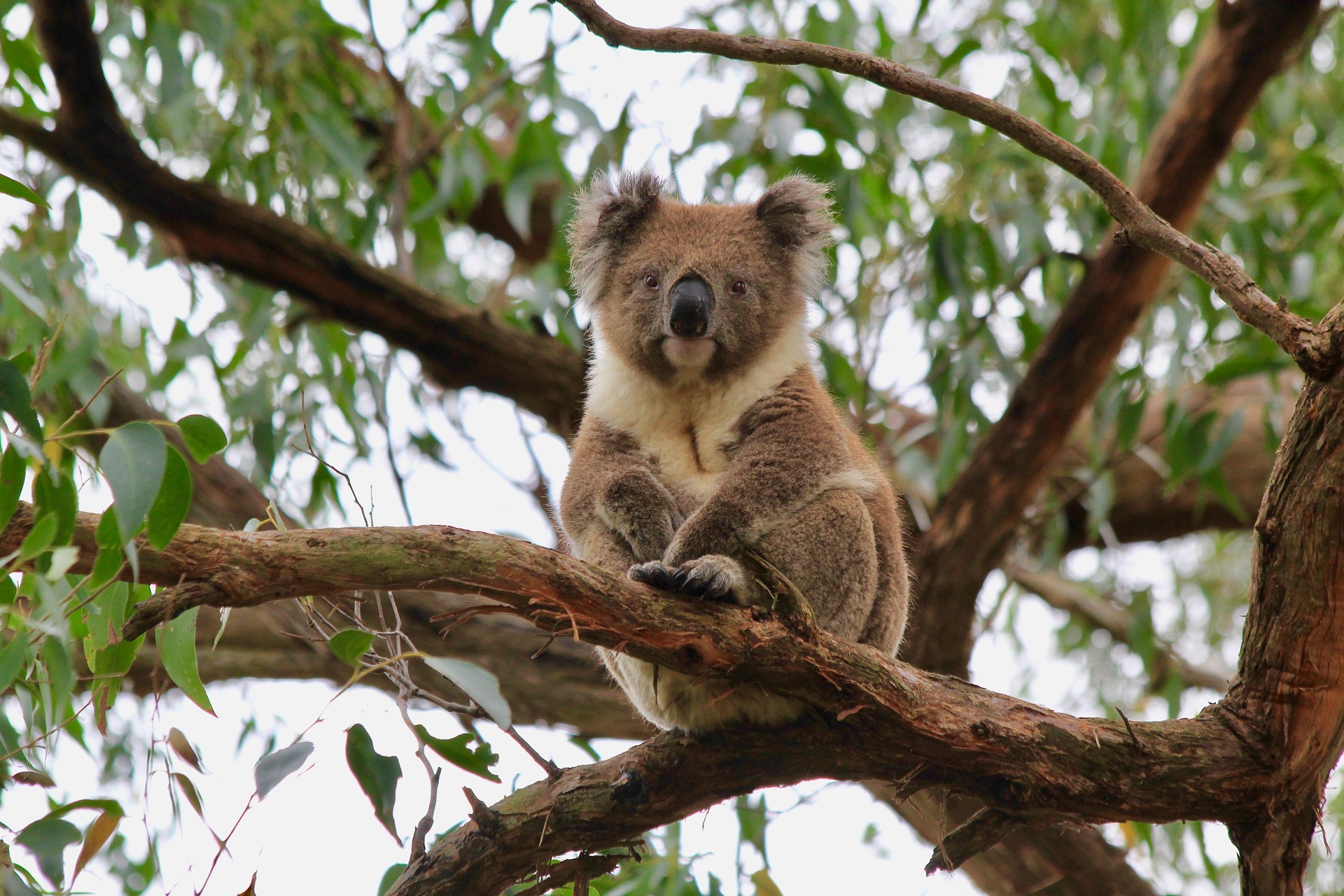

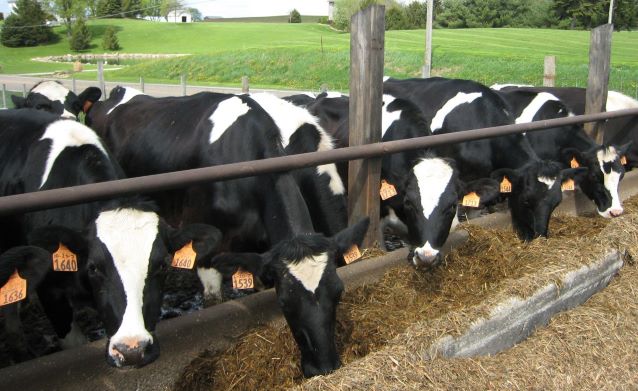
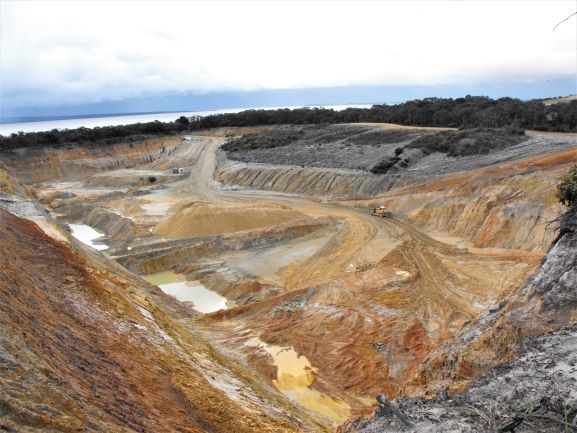
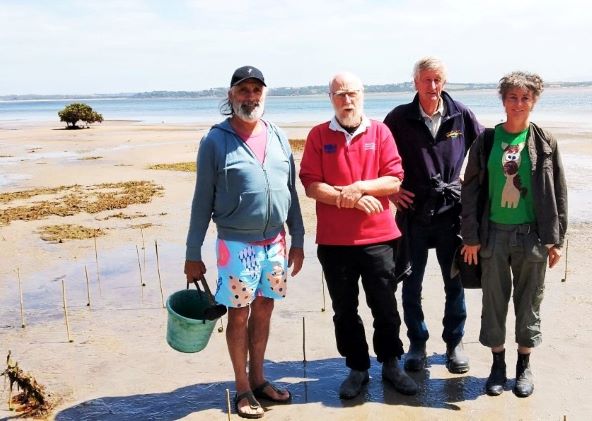
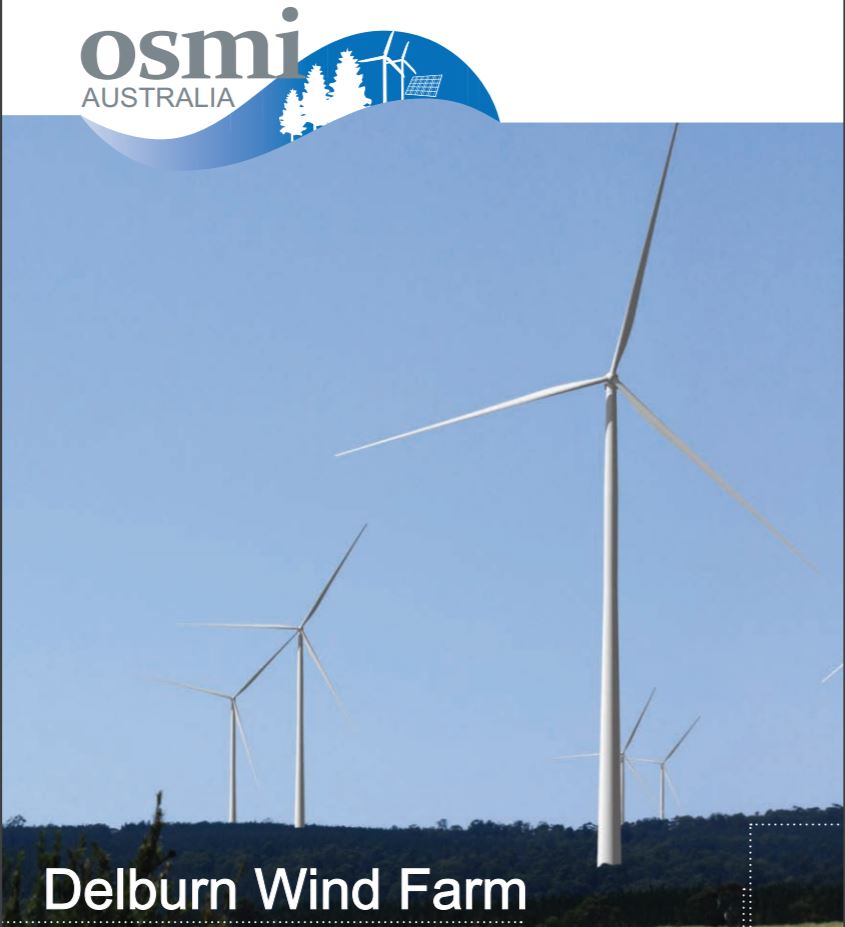

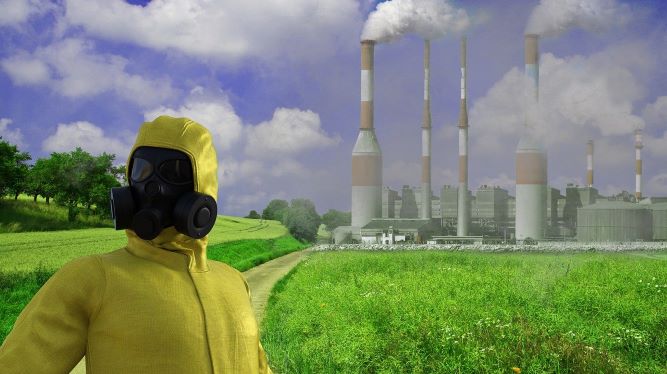
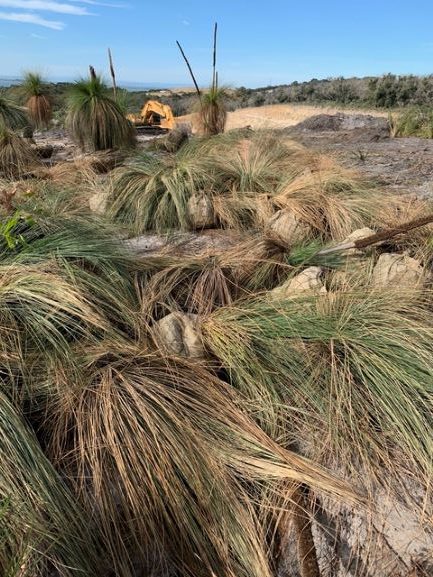
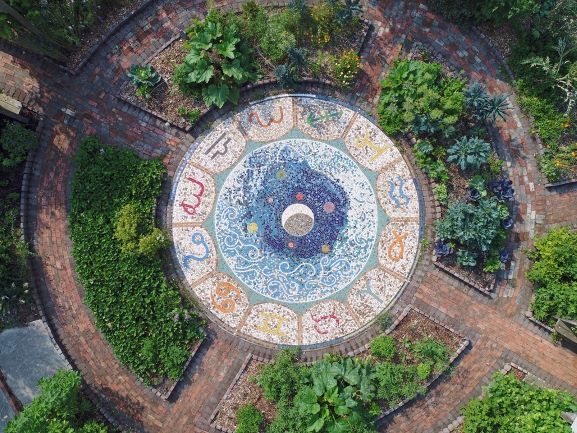
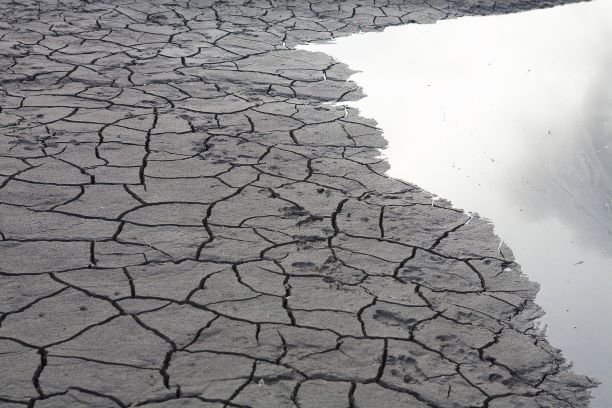
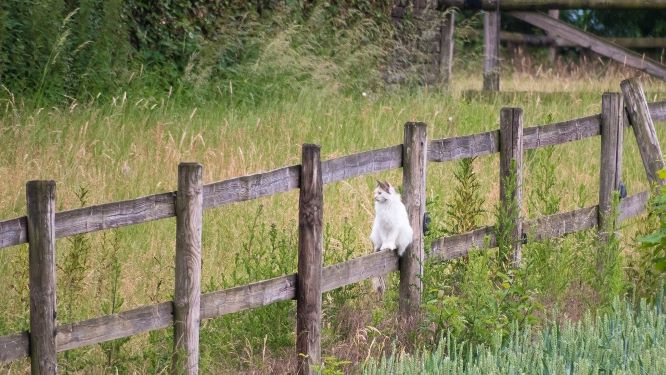
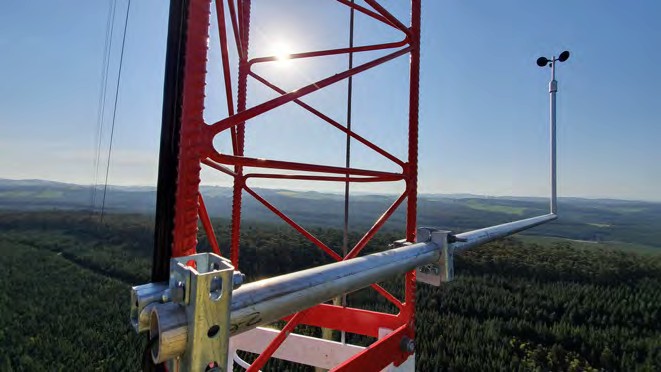
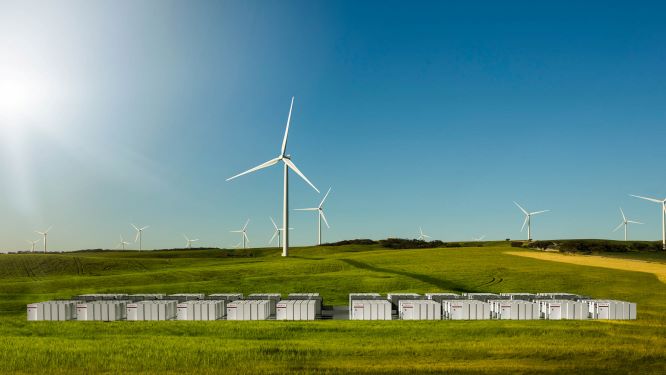


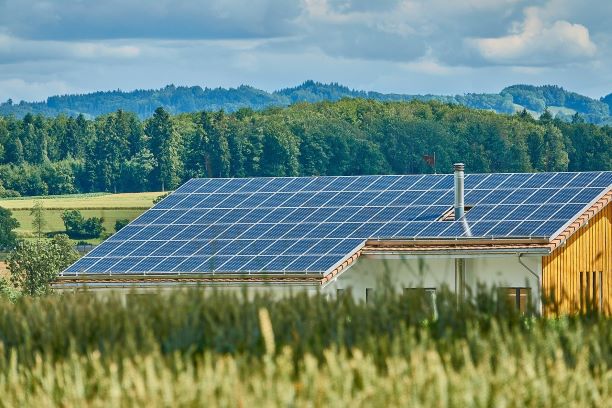
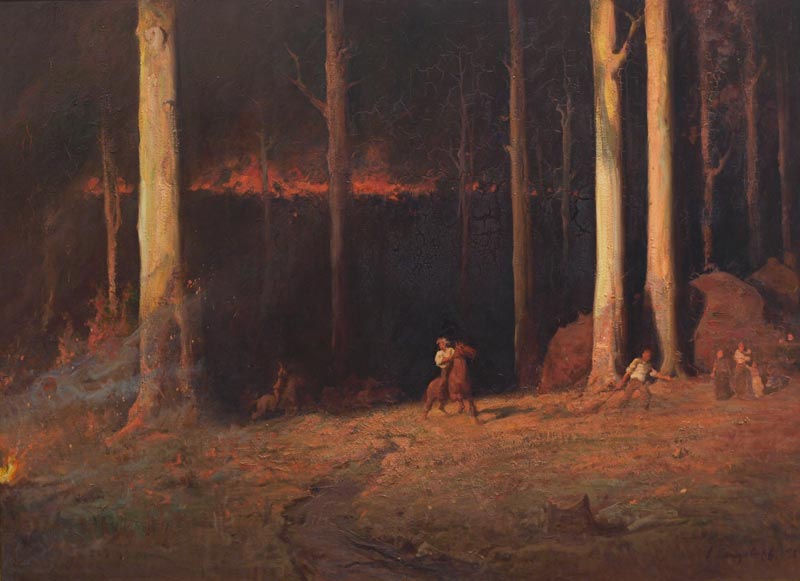
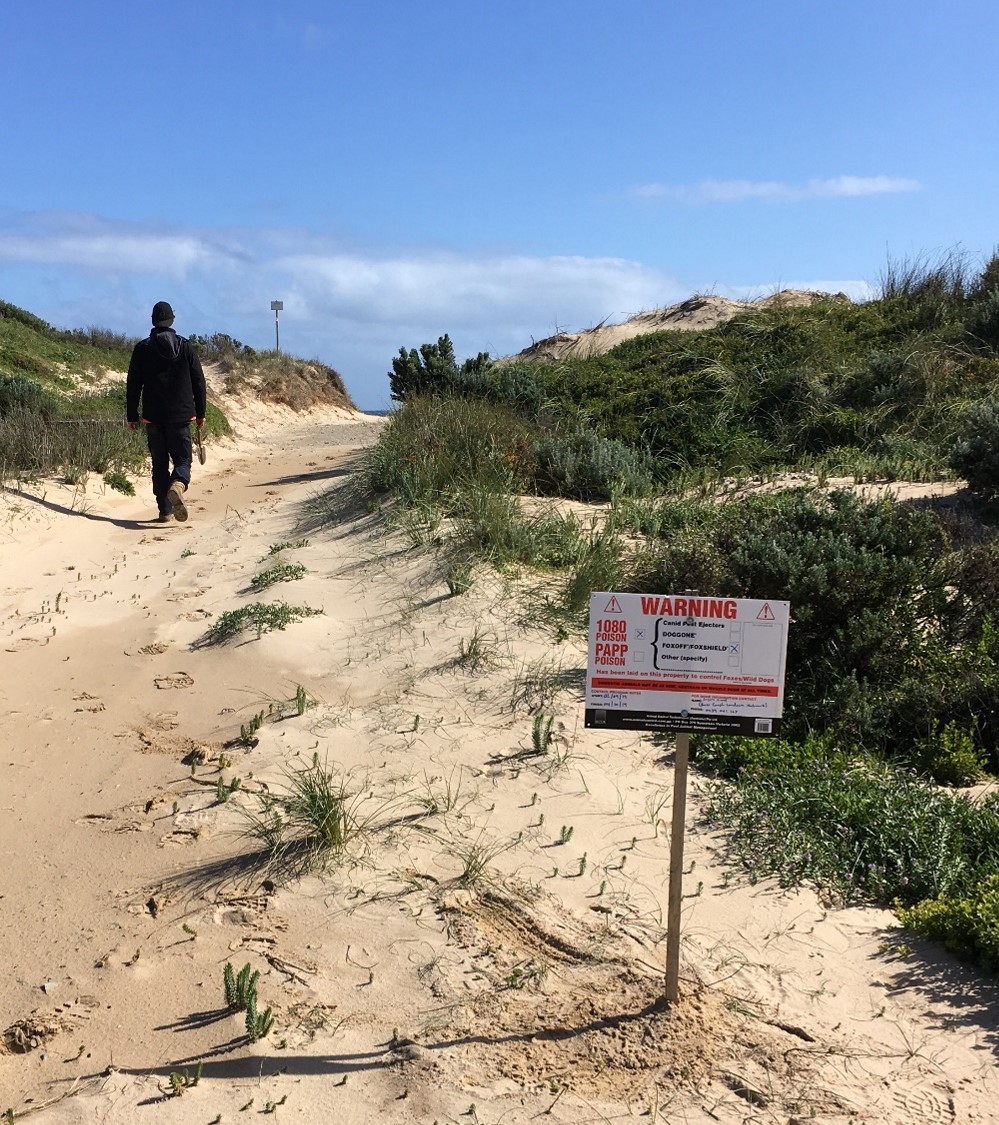

You must be logged in to post a comment.